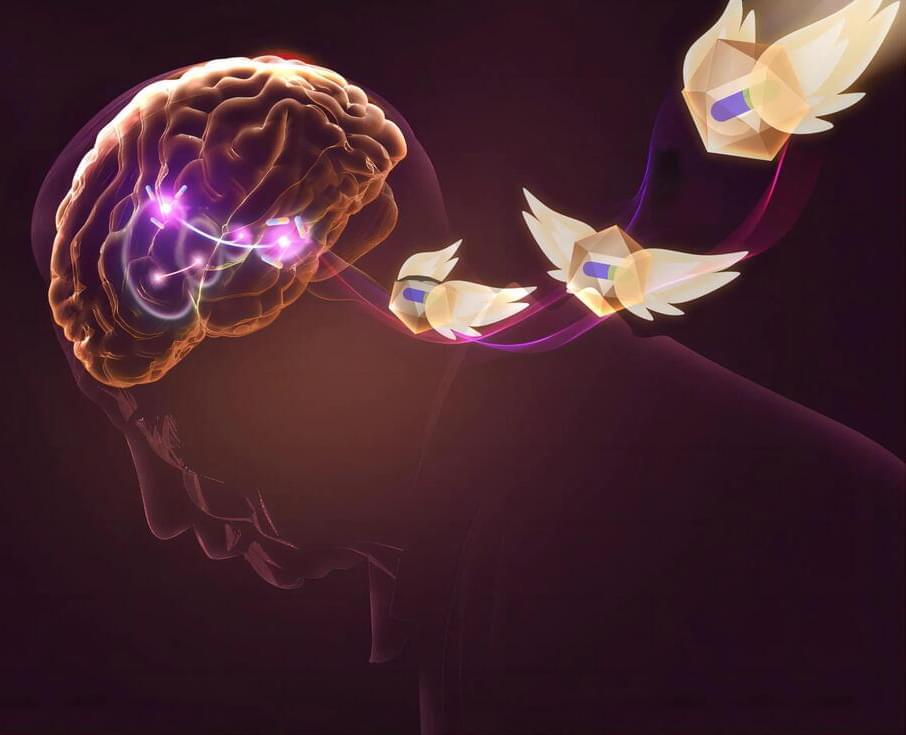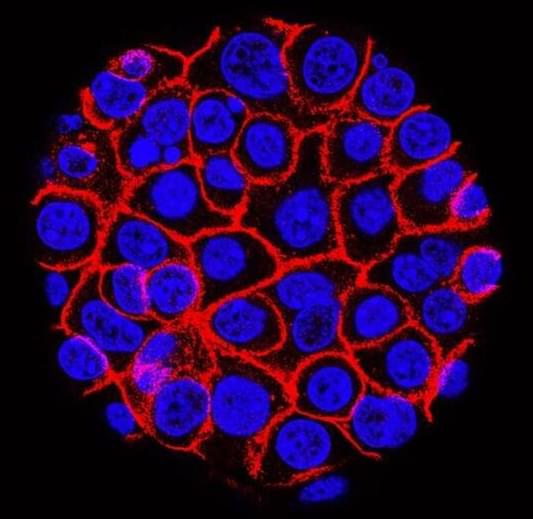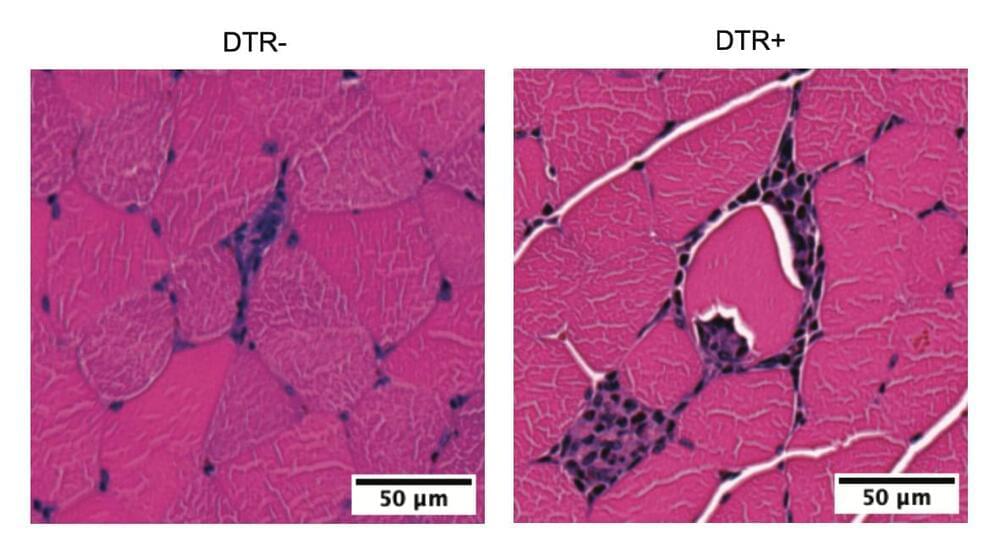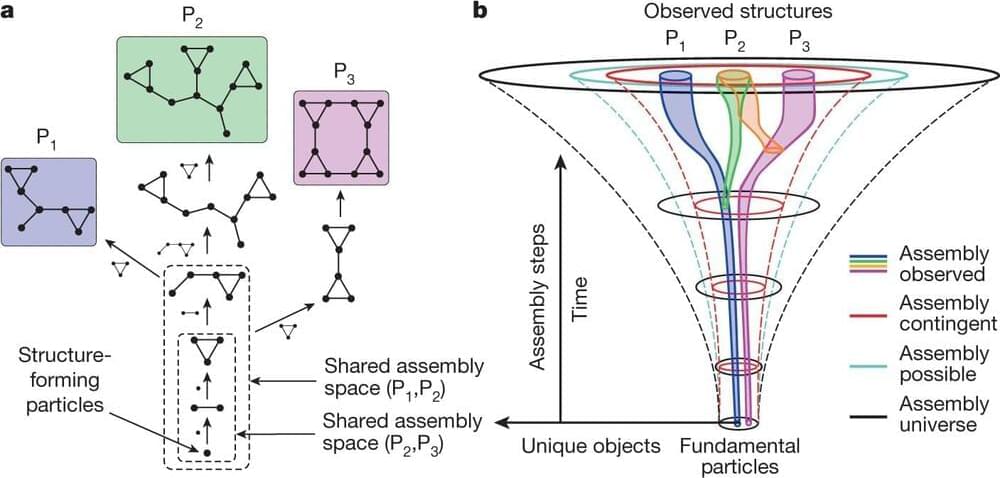Imagine a house that also turns into a robot 😀 Then you can just move it super easily anywhere: D.
When was the last time you sat down to watch a YouTube video by a real estate company? We’re going to assume never, because who even knew that real estate companies had YouTube accounts?
Japan’s Mitsui Real Estate Residential, however, not only has a YouTube account, but their recently posted video is becoming wildly popular. The company managed to combine their housing expertise with the fail-safe giant robot genre to create a short animated series about apartment buildings that transform into giant robots!
▼ Chou Kidou Gaiku: Kashiwa-no-Ha – Chapter 1: The Gate Tower.







